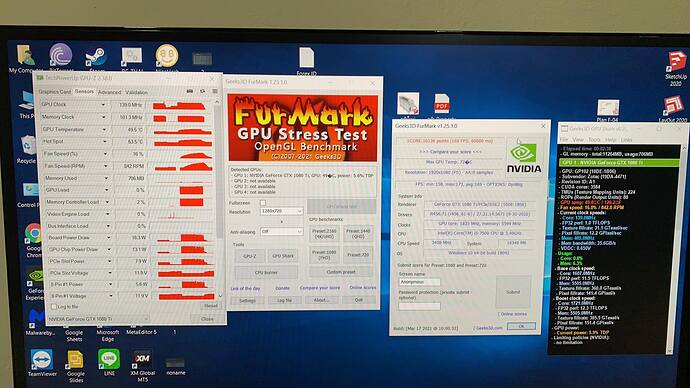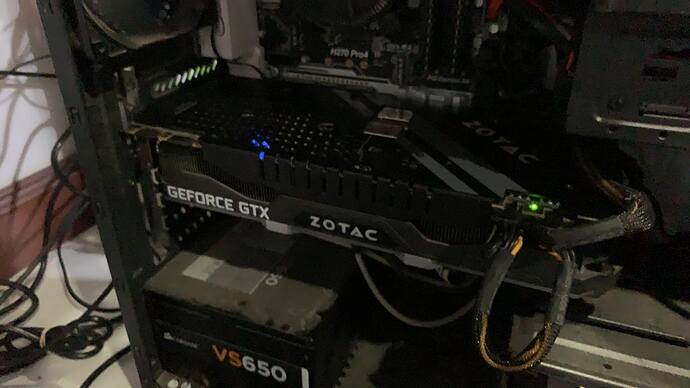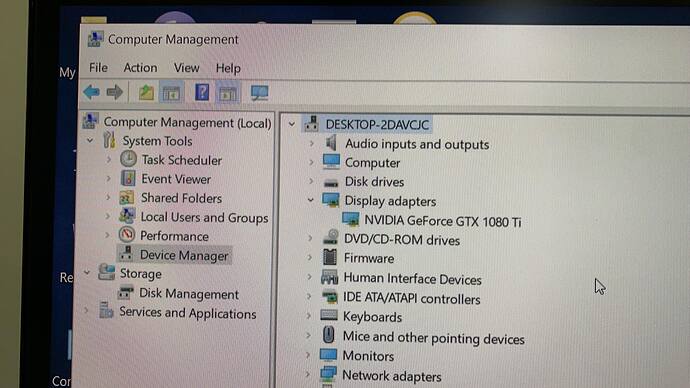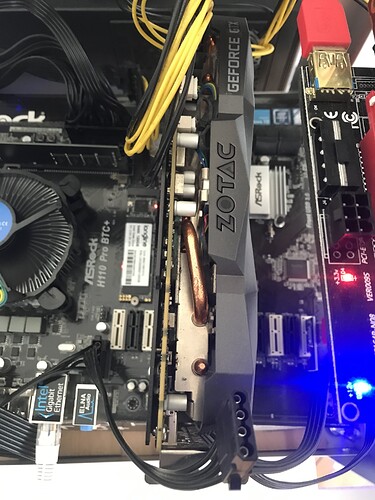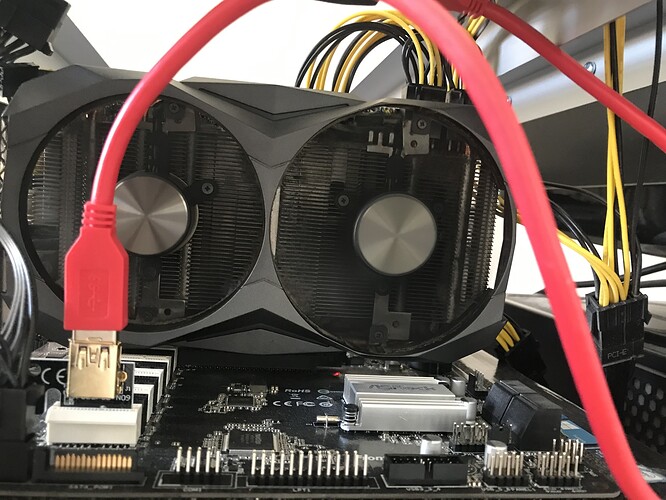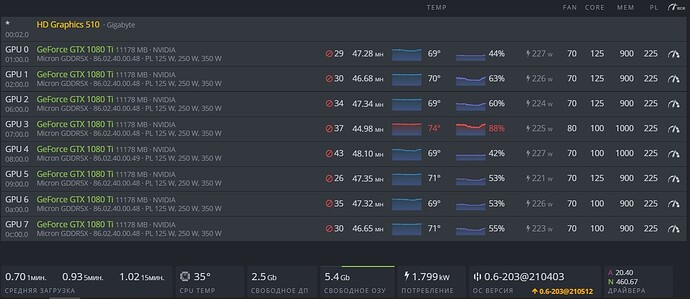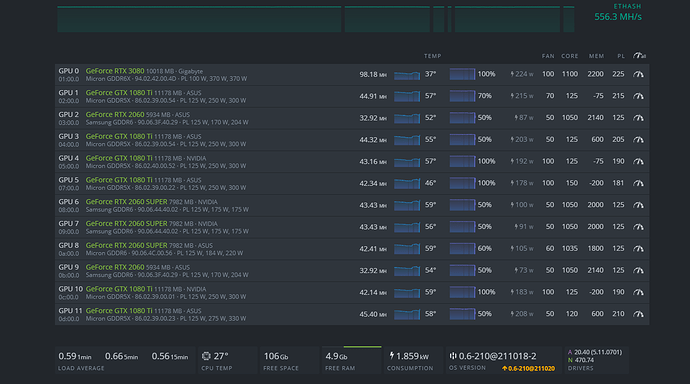All those cards are working within NVidia specification (think Founders Edition cards). Since some chips contain less impurities, they respond better to OC and manufacturers (3rd party) usually mark those models as OC or Gaming. They all sport higher then reference clock and memory speeds. Zotac minis most likely are better quality chips with tiny cooling solution since they are similar to Founders Edition in performance but enduring higher temp and slight OC. What we do here is abuse them to the limit outside their specification. If you ran them on Nvidia stock speed they’ll all perform within margin of error from each other.
There is a review on rx5700 on pcgamer that has that explained quite nicely I think:
Modern microchips are made using large (300mm) silicon wafers, cut from a large silicon crystal cylinder. There are impurities in the wafers used for making CPUs and GPUs, and these can lead to errors or differences in performance characteristics. My understanding is that chips from the center of the wafer tend to be ‘better’ than those near the edge, so they may require less voltage to hit the same clockspeed, or they may run at higher clockspeeds at the same voltage. Chips with impurities or errors don’t fully work, so modern processors build in redundancies and some portions of the chip can be disabled to produce a working chip—but one that’s not as fast as a fully enabled chip.
After each wafer gets cut into individual chips, each is tested to determine how good it is in a process called binning. Thus, the best chips usually get sold as the fastest, most expensive parts—the Core i9-9900K, Ryzen 7 3800X, or RX 5700 XT. Meanwhile, the functional but perhaps not quite as good chips are harvested and sold as lower tier parts. Depending on how intensive and accurate the binning process is—and how mature the manufacturing process is—the gap between the ‘best’ and ‘worst’ functional chips from a wafer may be relatively small.



